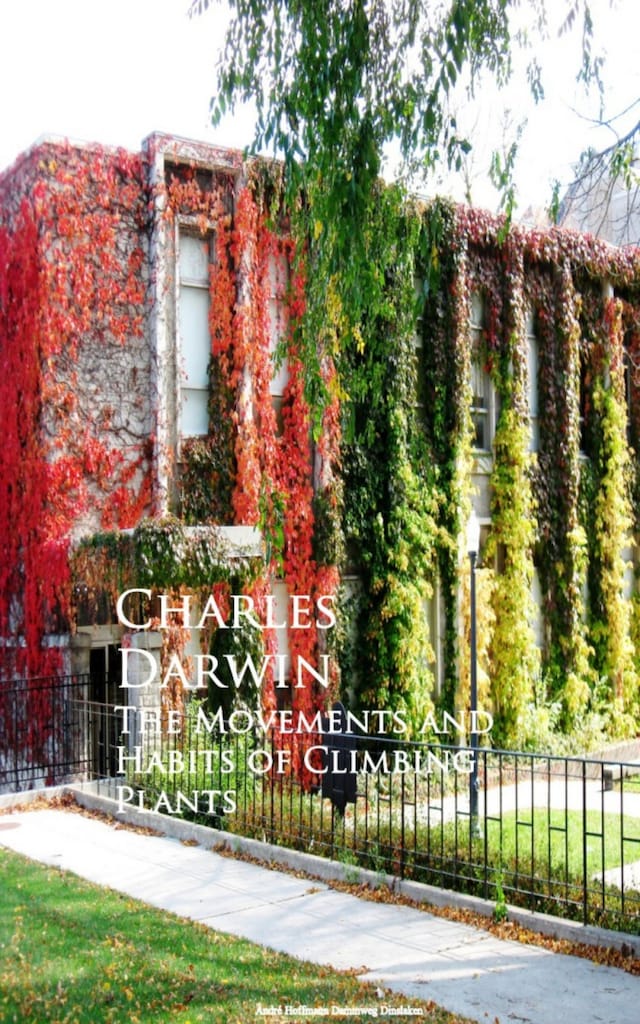
The Movements and Habits of Climbing Plants
Description of the book
This Essay first appeared in the ninth volume of the 'Journal of the Linnean Society,' published in 1865. It is here reproduced in a corrected and, I hope, clearer form, with some additional facts. The illustrations were drawn by my son, George Darwin. Fritz Müller, after the publication of my paper, sent to the Linnean Society (Journal, vol. ix., p. 344) some interesting observations on the climbing plants of South Brazil, to which I shall frequently refer. Recently two important memoirs, chiefly on the difference in growth between the upper and lower sides of tendrils, and on the mechanism of the movements of twining-plants, by Dr. Hugo de Vries, have appeared in the 'Arbeiten des Botanischen Instituts in Würzburg,' Heft. iii., 1873. These memoirs ought to be carefully studied by every one interested in the subject, as I can here give only references to the more important points. This excellent observer, as well as Professor Sachs, [iv] attributes all the movements of tendrils to rapid growth along one side; but, from reasons assigned towards the close of my fourth chapter, I cannot persuade myself that this holds good with respect to those due to a touch. In order that the reader may know what points have interested me most, I may call his attention to certain tendril-bearing plants; for instance, Bignonia capreolata, Cobæa, Echinocystis, and Hanburya, which display as beautiful adaptations as can be found in any part of the kingdom of nature. It is, also, an interesting fact that intermediate states between organs fitted for widely different functions, may be observed on the same individual plant of Corydalis claviculata and the common vine; and these cases illustrate in a striking manner the principle of the gradual evolution of species.
 Charles Darwin
Charles Darwin 181 Pages
181 Pages